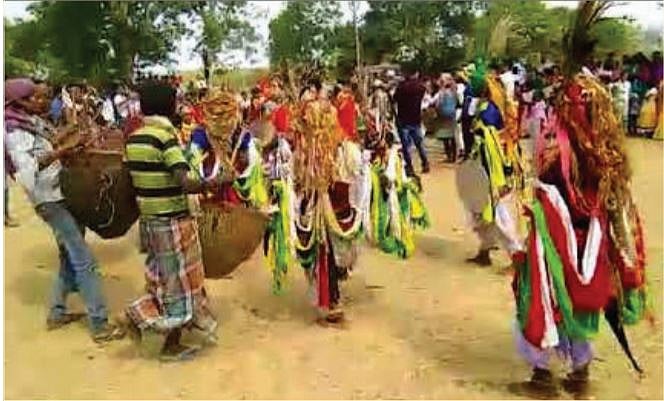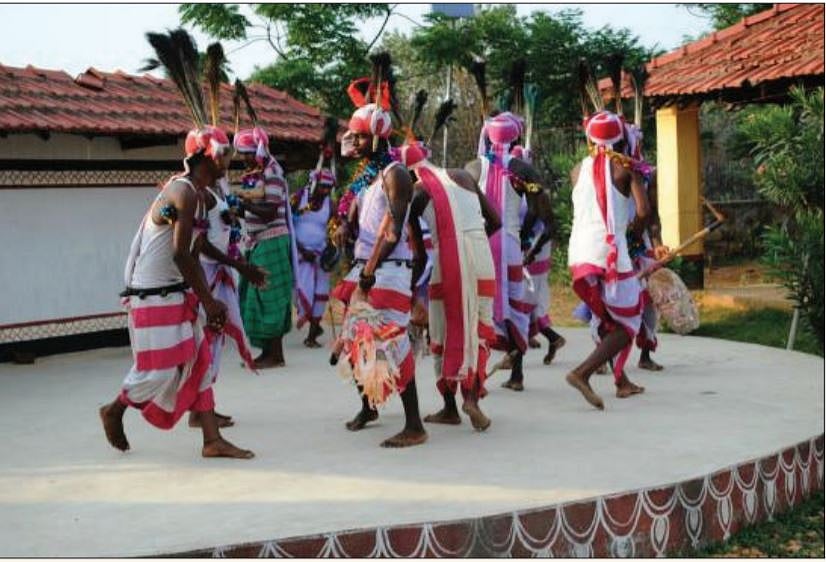Can Adivasis get their identity back?: Growing demand for Census to recognise their ‘religion’
Not all Adivasis are ‘Hindus’ or ‘Christians’ but political considerations seem to deny them their identity

Jharkhand Assembly in November unanimously passed a resolution on including the Sarna as a separate religion in the Census, and the resolution was forwarded to the Union government for approval. It has not, however, drawn the attention it deserved.
While the Constitution of India guarantees (under Articles 25-28) freedom of religion, the Census does not allow many Adivasi (indigenous people) groups the freedom to identify themselves with their own religious practices. Post-1947, India abolished even categories, like ‘aboriginals’, ‘tribals’ and ‘animists’. This forced many of the Adivasi groups to opt for one of the “mainstream” religions such as Hindu, Christian etc or to the obliterating category of “others.”
The categorisation of religious identities in the Censusnot only goes against the spirit of the Constitution but also deviates from the UN Declaration on the Rights of Indigenous Peoples. The declaration clearly recognizes the indigenous peoples “right not to be subjected to forced assimilation or destruction of their culture.”
By not allowing the Adivasis to identify with their religious beliefs, the state violated both the commitments – to secularism articulated in the Indian Constitution, and equality proclaimed in the United Nations Declaration on Indigenous Rights

The Jharkhand Assembly resolution on inclusion of a Sarna code is therefore a partially corrective measure. Partial, because all Adivasis do not follow the Sarna code, there are many who follow other traditional practices of various nomenclature, such as Sari Dharam, Mari Dharam, Adi Dharam etc.
The Indian Census was initiated in 1872 by colonial rulers, who inserted the category of religion. In Britain, however, the House of Commons had passed the Census Act in the year 1800, merely to enumerate the population of Great Britain, and the census operation was largely a secular exercise.
In India it not only included religion but also excluded various denominations and provided little explanation. The practice seriously ruptured the largely secular community building process in pre-colonial India. Unfortunately,independent India did not bring in any substantial change to this divisive practice followed by the Indian census, which perpetuated the myth and phobia of ‘Musalman population growth’.

Indian Census started releasing limited socioeconomic data pertaining to religious groups only in 1991, allowing researchers to demolish the myth that “Musalman men keep four wives, and thus produce children much faster than the Hindus do!” Researches showed that population growth is related to socio-economic status rather than religious background. Butthe falsehood constructed over partial data had spread so wide as to give the myth a firm belief.
Denial of their faith is not the only indignity the Indigenous people of Jharkhand have suffered. They have been evicted from their own lands, forcing them to take shelter in alien lands like Assam, North Bengal, and elsewhere, severing their ties with nature, their language and their history
(Views expressed are personal)
Follow us on: Facebook, Twitter, Google News, Instagram
Join our official telegram channel (@nationalherald) and stay updated with the latest headlines